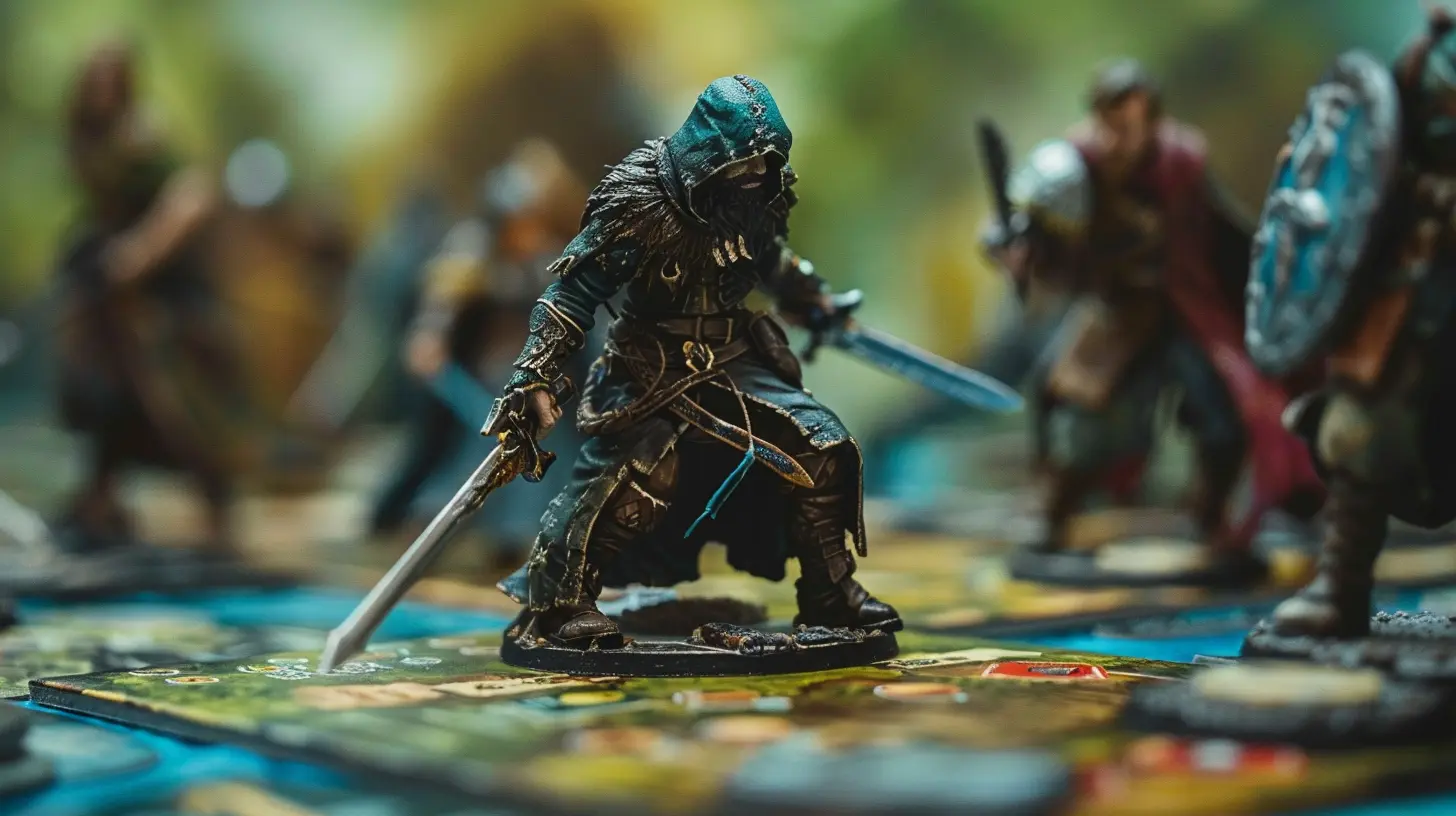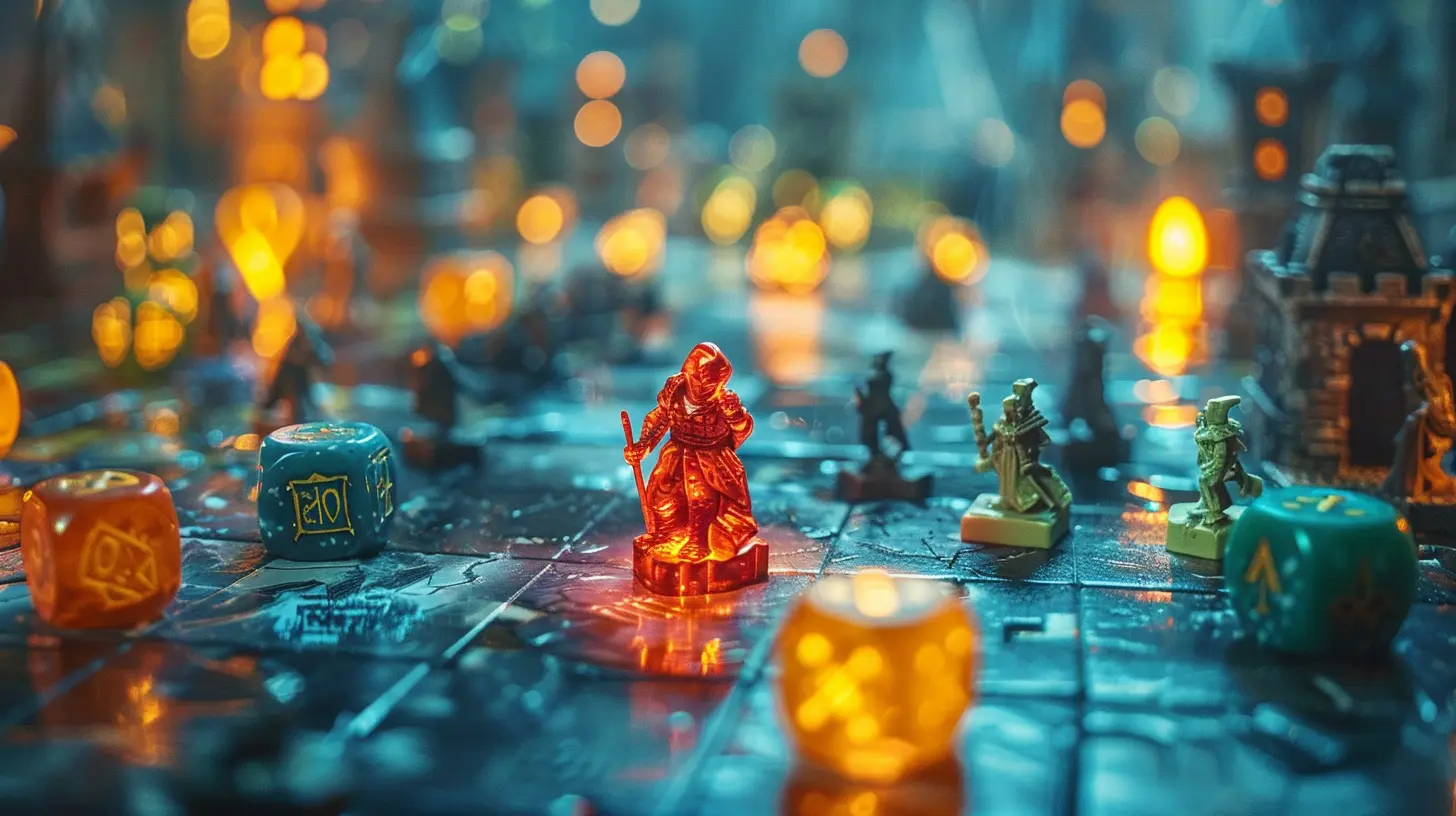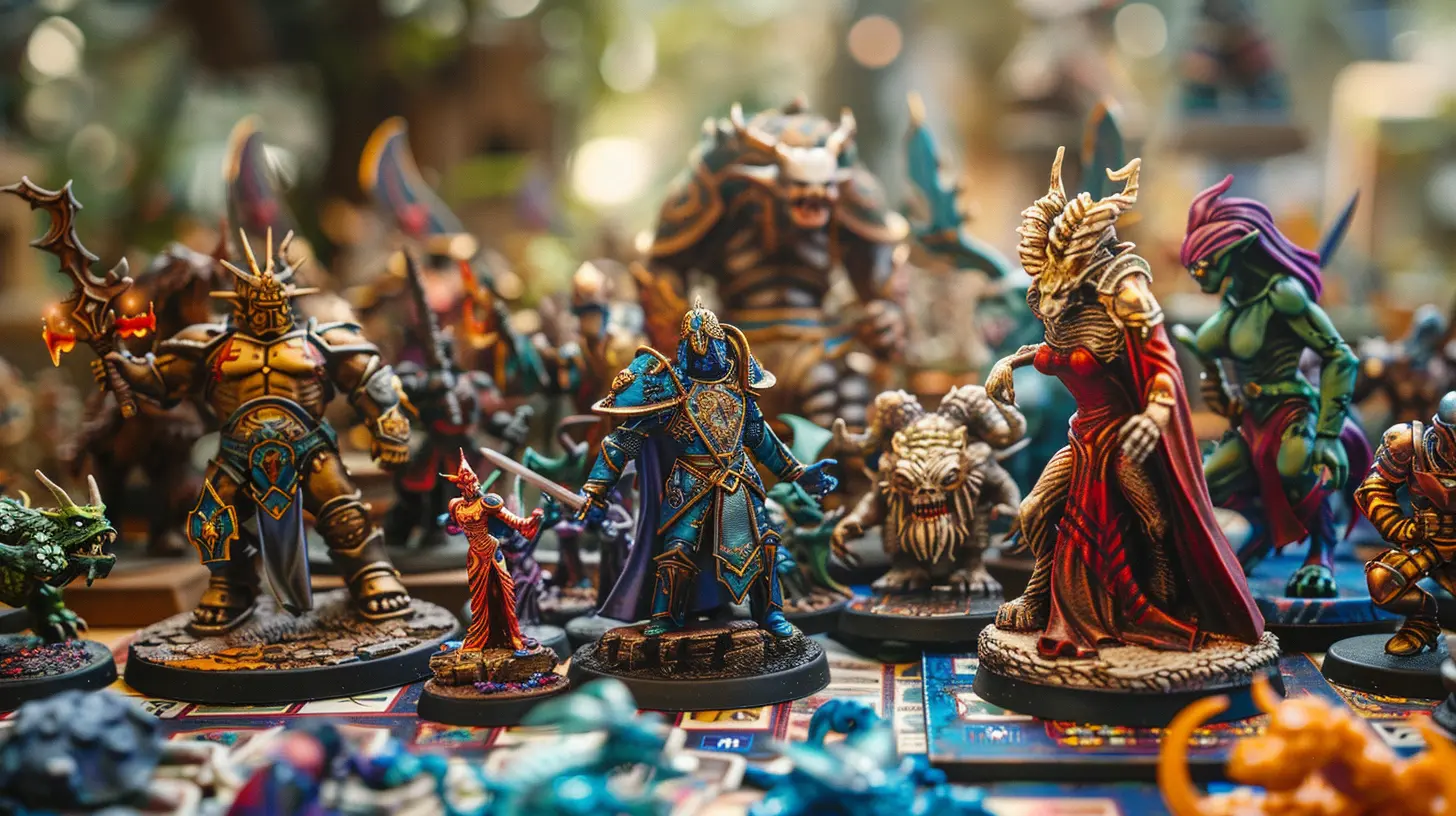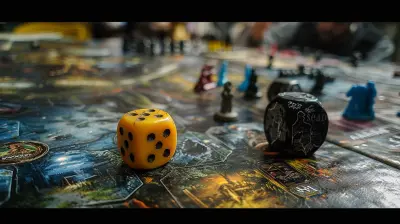Kickstarter’s Role in Bringing Board Games to Life
30 July 2025
Let’s face it – board games have come a long way since the days of rolling dice and moving tiny plastic pieces around the same old Monopoly board. We’re now living in what some might call the golden age of tabletop gaming, where every niche, fandom, and obscure interest seems to have its own board game. Whether you’re into dungeon crawling, farming turnips, or negotiating with Cthulhu over tea, there’s a board game for you. But how did we get here?
Well, my friend, let me introduce you to Kickstarter: the magical land where board game dreams come true (or sometimes crash and burn). If you’ve ever wondered how those sleek, shiny, elaborate board games with hundreds of miniatures pop into existence, chances are Kickstarter had something to do with it.
In this article, we’re pulling back the curtain to chat about Kickstarter’s role in bringing board games to life. Buckle up – it’s gonna be a wild ride. 
What Is Kickstarter, Anyway?
For the uninitiated, Kickstarter is like the fairy godmother for creators. You’ve got an idea, but no cash? No problem. You pitch it to the internet, and if people like it enough, they throw money at you. Easy, right?Well, kinda. Kickstarter is a crowdfunding platform, which means people pledge money to support a project, but only if it hits its funding goal. If it fails to reach that goal, tough luck – nobody’s wallets get lighter.
For board game designers, Kickstarter is a game-changer. It’s like giving them the keys to a candy store and saying, “Go nuts, but make it good.” Suddenly, they’re not limited by traditional publishers or needing to sell their kidneys to fund their passion project. Instead, they’re pitching their ideas directly to gamers – AKA you and me. 
Why Board Games and Kickstarter Are a Perfect Match
So, why do board games and Kickstarter fit together like peanut butter and jelly?First of all, board games are expensive to produce. We’re talking prototype development, artwork, components, printing, shipping – the whole nine yards. And unless you’re sitting on a dragon’s hoard of gold, most indie designers can’t foot that bill themselves. Kickstarter lets them pass the proverbial hat around to fund these costs upfront.
Second, Kickstarter thrives on communities. If there’s one thing board gamers love, it’s community. We can debate the best players in Catan tournaments for days, or form lifelong friendships over a heated game of Risk. When a designer puts their game on Kickstarter, it’s not just about funding; it’s about rallying gamers around a shared vision.
Lastly, Kickstarter is a hype machine. The moment a designer hits that green “Launch Project” button, it’s like a beacon calling all tabletop enthusiasts to come and check it out. Stretch goals? Miniature reveals? Exclusive components? Take my money already! 
How Kickstarter Has Changed the Board Game Scene
Remember when board games were mostly just a hobby for a few nerdy folks in someone’s basement? Yeah, not anymore. Kickstarter has completely flipped the script.1. More Variety Than Ever Before
Let’s be real: pre-Kickstarter, the board game aisle was pretty basic. Nowadays? Oh boy. Kickstarter has given rise to some seriously creative concepts. Want a board game about bees competing to make honey? Done. Something where you play as Viking cats? You got it. It’s like opening Pandora’s box, but instead of chaos, you get endless tabletop treasures.2. Bigger, Better, and Badder (In a Good Way)
Kickstarter also upped the ante when it comes to production quality. Back in the day, a few flimsy cards and some wooden cubes counted as “deluxe.” Now? People expect board games with AAA production value. We’re talking resin miniatures, double-layered boards, shiny metal coins – the works.This “deluxe everything” mentality has spurred a board gaming arms race, but hey, I’m not complaining. My game shelf is starting to look like the Louvre, and I love it.
3. The Rise of the Indie Creator
Before Kickstarter, indie designers had to beg and grovel to get their games noticed by traditional publishers. Now, they can skip the middleman and go straight to the people. If your idea is good, it doesn’t matter if you’re a first-time creator or some dude working out of a garage – Kickstarter lets the people decide.It’s like the American Idol of board games, but with fewer bad auditions (and no Simon Cowell to crush your dreams). 
The Risks of the Kickstarter Gamble
Now, hold your horses. Before you go throwing money at every campaign with cool artwork, let’s talk about the elephant in the room: Kickstarter is a gamble.1. Delayed or Failed Projects
Not every project sees the light of day. Sometimes creators underestimate how much time or money they need. Other times, life throws them a curveball. Either way, backers can be left high and dry, with nothing but a sad email update to show for it.2. Overpromising and Under-delivering
You know that saying, “Don’t write checks your butt can’t cash?” Yeah, some creators don’t get the memo. They promise the moon – dozens of miniatures, hours of gameplay, interactive app integration – then deliver a glorified deck of cards. Ouch.3. Shipping Nightmares
Thanks to global shipping costs and supply chain headaches, getting a game from the factory to your doorstep can sometimes feel like organizing a prison break. Some projects flounder because creators just…don’t account for how ridiculous shipping logistics can be.That said, most gamers are a patient lot. We understand that good things take time (even if waiting for a delayed Kickstarter game feels like waiting for the next season of your favorite show).
Success Stories That Prove Kickstarter Is Worth the Hype
Yeah, there have been flops – but let’s not forget the wild successes. Kickstarter has given us some of the most iconic board games of the last decade.- Exploding Kittens: A game about cats exploding (not literally – calm down). It raised over $8 million on Kickstarter. That’s a LOT of money for cartoon cats.
- Gloomhaven: This beast of a game, with its 20lb box and hundreds of hours of content, started its journey on Kickstarter. Today, it’s a legend in the board gaming world.
- Terraforming Mars: Ares Expedition: Space nerds unite! This game brought the hit Terraforming Mars series to even more fans, thanks to the power of crowdfunding.
My Personal Take on Backing Kickstarter Board Games
Backing a board game on Kickstarter is kinda like ordering a mystery dish at a fancy restaurant. Sure, there’s a chance it might not live up to your expectations, but when it does? Oh man, it’s like winning the tabletop lottery.There’s something magical about being part of a board game’s journey from concept to reality. You’re not just a consumer; you’re part of the process. When that game finally arrives at your doorstep after months (sometimes years) of waiting, it’s like Christmas morning – a beautifully shrink-wrapped gift for your inner geek.
Of course, I’ve had my fair share of “did I really pledge $150 for this?” moments, but honestly, it’s all part of the fun.
Tips for Navigating the Kickstarter Jungle
If you’re new to Kickstarter, here are a few nuggets of wisdom from someone who’s been around the block:1. Do Your Research: Look into the creator’s track record. Have they delivered past projects on time? Are backers generally happy?
2. Watch for Red Flags: Overly ambitious timelines or promises that seem too good to be true? Yeah, run the other way.
3. Stay Within Budget: It’s easy to get carried away, but remember – your landlord doesn’t accept board games as rent.
4. Back What You Love: Don’t just pledge for the “hype.” If the game excites you, go for it!
The Future of Kickstarter and Board Games
With no signs of slowing down, Kickstarter continues to shape the board gaming world. Who knows what’s next? Maybe we’ll start seeing games that come with holograms, AI-driven opponents, or edible components (designed for snack breaks, obviously).One thing’s for sure: as long as there are passionate gamers and brilliant designers, Kickstarter will keep churning out incredible games that push the boundaries of creativity. And honestly, I’m here for it.
Conclusion
Kickstarter isn’t just a platform; it’s a revolution. By empowering creators and connecting them with fans, it’s turned board gaming into an unstoppable force of creativity, collaboration, and community. Sure, it’s not perfect – but hey, what is?For those of us who eat, sleep, and breathe board games, Kickstarter is a place where dreams come to life, one pledge at a time.
all images in this post were generated using AI tools
Category:
Kickstarter GamesAuthor:

Emery Larsen
Discussion
rate this article
2 comments
Scarlett Allen
Kickstarter has revolutionized the board game industry by empowering creators with funding and community support. This platform not only amplifies niche ideas but also fosters direct engagement with backers, ensuring that games resonate with players and cultivate a passionate, invested audience before launch.
November 28, 2025 at 4:49 AM
Emory Torres
Kickstarter has revolutionized the board game industry, providing creators with funding opportunities while allowing enthusiasts to discover unique, innovative games that might otherwise go unnoticed.
August 6, 2025 at 2:49 PM

Emery Larsen
Absolutely! Kickstarter has indeed transformed the board game landscape, empowering creators and connecting enthusiasts with unique games.


